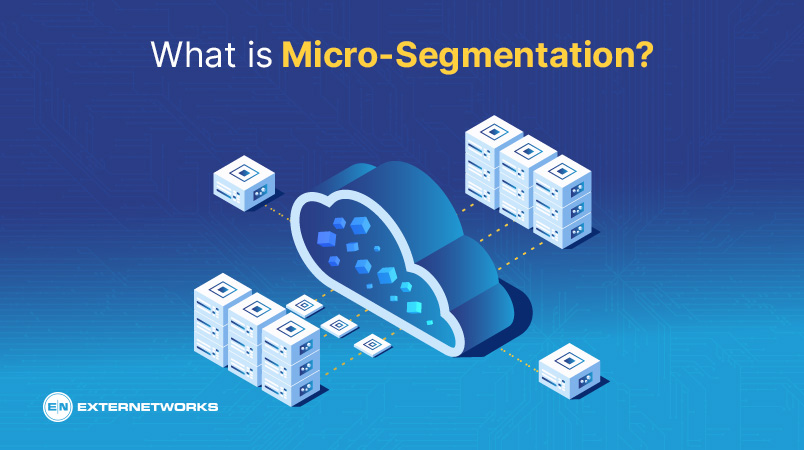28.4k views
Micro-segmentation creates separate secure zones within a cloud environment. Firewall policies limit east-west communication between different applications. Application workloads are isolated from one another, preventing the lateral movement of threats.
Regulatory compliance is strengthened by isolating applications from each other.
The first step is to identify all the different types of users who will access the application. This can include employees, contractors, partners, customers, and external users.
Next, you must determine what information they need to access and whether it should be restricted. Then, you need to decide which applications should be allowed to talk directly to the Internet and which should not.
Finally, you need to set up rules for each type of user to ensure they only have access to the resources they need.
Micro-segmentation is a key networking technology used in the modern world. It assists in the efficient routing of data packets and helps to minimize network congestion. In short, micro-segmentation helps to optimize network performance by dividing a network into smaller, more manageable parts.
Micro-segmentation can be used in various ways, but its most common use is within web applications. This is because web applications constantly send and receive data packets between different nodes on the same machine. By breaking these packets down into small segments, micro-segmentation can help to optimize routing and reduce overall traffic congestion.
Micro-segmentation has also been adopted by enterprise networks as a way to improve performance and manage traffic more efficiently.

The main challenge with micro-segmentation is that it requires significant changes to the way networks operate. This means that most organizations will need to invest in new hardware, software, and processes before they can start using this approach.
The most obvious benefit of micro-segmentation is that it allows IT, administrators, to apply different policies to different workloads based on what they know about them.
For example, if you know that a particular application has a high risk of being infected by malware, you might want to block all traffic from that app. If you know that a particular user is likely to download pirated content, you could set up a policy that blocks access to certain websites.
The goal of micro-segmentation is to reduce the number of points at which attackers can gain access to sensitive information by limiting the scope of their attacks to specific workloads.
This means that if an attacker manages to compromise one server, they won’t be able to access any other servers within the same segment.
The most important application is usually the one that contains sensitive information. For example, if your business uses credit card processing, it’s vital that this application is protected from hackers. If your business has sensitive customer data, it’s essential that it’s protected against cyber attacks.
The most common form of micro-segmentation is known as “network slicing”, which allows organizations to slice off a piece of their existing network infrastructure and run it independently.
This could include running a separate version of the operating system, a different application stack, or even a completely different set of applications.
The biggest benefit of micro-segmentation is its ability to reduce the attack surface area by isolating workloads from one another. This allows security teams to focus on protecting the most critical workloads and not waste resources trying to protect against threats that don’t apply to them.
The main benefit of micro-segmentation is that it allows security administrators to identify and isolate threats at the granular level, which means they can quickly respond to attacks by blocking them before they reach the rest of the infrastructure. This approach also helps reduce the risk of collateral damage from a single attack because only the affected workloads will be impacted.
The first step in micro-segmentation is to identify what kind of traffic needs to be protected. For example, if you want to protect web applications from DDoS attacks, you might look at the HTTP headers, URL path, and application code. If you want to protect against malware, you might look at file extensions, user agent strings, and IP addresses. Once you know which types of traffic require protection, you can start looking at the different ways to implement it.
Micro-segmented networks are complex to design and implement, but they offer significant advantages for organizations looking to protect their most sensitive workloads from cyberattacks.
For example, if you’re running a financial institution, you might want to keep all of your customer transactions separate from your banking operations so that hackers don’t compromise both at once. Or, if you run a healthcare provider, you may want to isolate patient records from your billing systems so that you can better protect patient privacy.
In conclusion, micro-segmentation helps organizations protect their data by allowing them to identify and control access to sensitive information based on user roles, business processes, and other factors.
